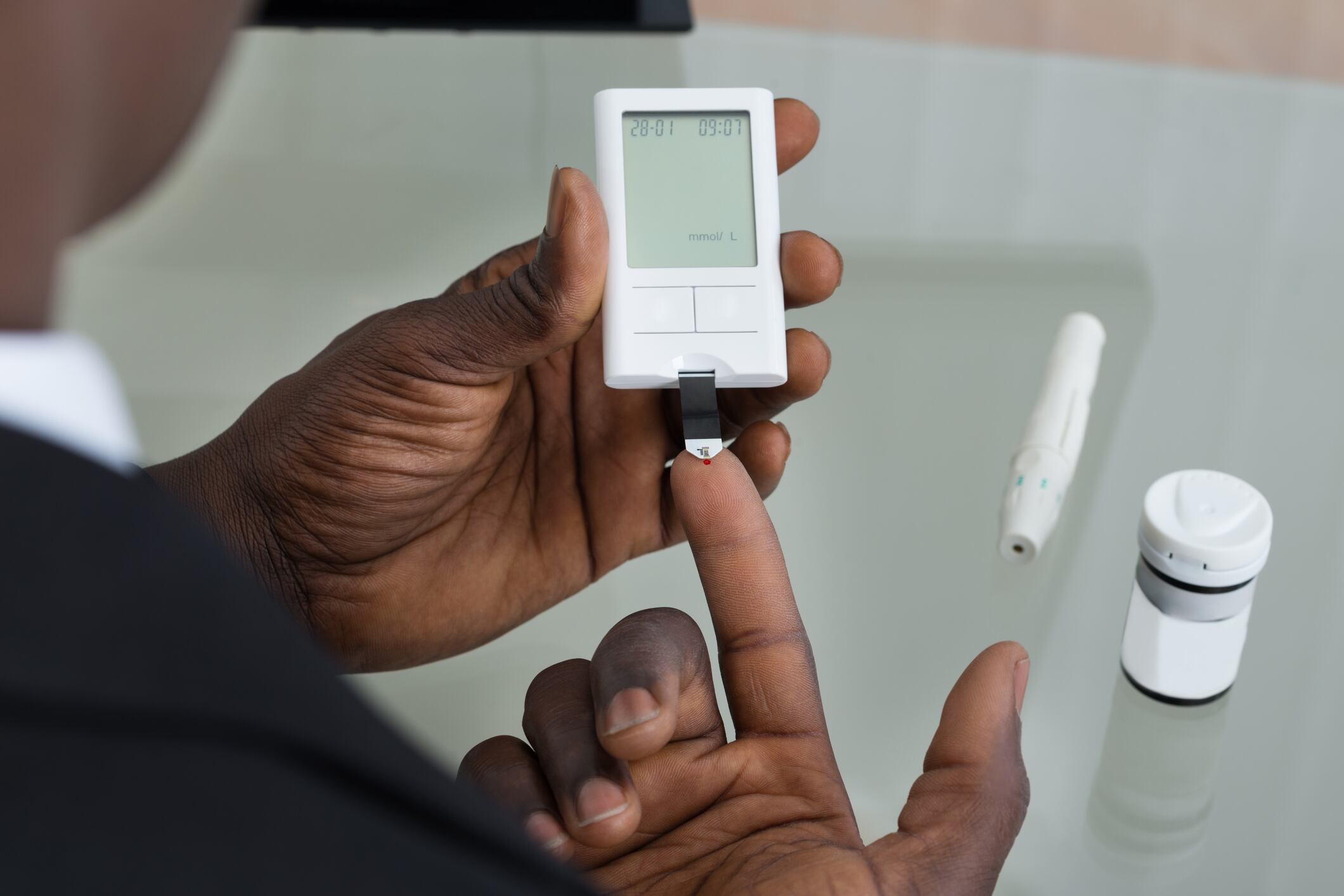Collaborating with researchers from the University of Tokyo, the Meiji scientists report that 12 weeks of supplementation with 5 billion heat-treated OLL2712 cells led to significant improvements in HbA1c (glycated hemoglobin), which is a marker of long-term presence of excess glucose in the blood, compared to placebo.
In addition, the heat-killed cells also prevented the increases in markers of chronic inflammation that were observed in the placebo group.
“Although the effect size was very small compared to that of clinical trials with the use of antidiabetic medication that target patients with severe diabetes, it was worthwhile to show the statistically significant reduction in HbA1c levels as a result of the consumption of food ingredients,” wrote the researchers in the journal Nutrients.
Pre-diabetes
Pre-diabetes is classified as having blood sugar levels higher than normal, but the levels are not elevated enough to be characterized as types-2 diabetes.
According to the Latin America Strategic Prediabetes Meeting that took place in Lima in 2014, healthcare systems across the region do not routinely screen for pre-diabetes and so accurate numbers are not available. However, experts estimate that between 10 and 20% of the Latin American population may be pre-diabetic.
The new study from Japan suggests that yogurt formulated with heat-killed Lactobacillus plantarum OLL2712 may offer some potential in the fight against pre-diabetes.
Study details

The researchers recruited 130 pre-diabetic adults aged between 20 and 64 to participate in their clinical trial. Volunteers were randomly assigned to consume conventional yogurt or the OLL2712-containing yogurt for 12 weeks.
Results showed that both groups experienced declines in HbA1c levels, but significantly greater declines were reported in the OLL2712 group, compared to the placebo group.
Markers of chronic inflammation (IL-6, IL-8, and hsCRP levels) and the insulin-resistant index (HOMA-IR) increased in the placebo group, but OLL2712 consumption appeared to attenuate such increases.
On the other hand, no significant differences between the groups were observed for fasting blood glucose levels.
“To our knowledge, we are the first investigators to demonstrate that yogurt containing anti-inflammatory LAB [lactic acid bacteria] cells is effective in reducing the HbA1c levels in prediabetic participants,” wrote the researchers.
“Additionally, these findings suggest that anti-inflammatory LAB cells have the potential to prevent T2DM by suppressing the aggravation of chronic inflammation.”
Source: Nutrients
2020, 12(2), 374; doi: 10.3390/nu12020374
“Effects of 12-Week Ingestion of Yogurt Containing Lactobacillus plantarum OLL2712 on Glucose Metabolism and Chronic Inflammation in Prediabetic Adults: A Randomized Placebo-Controlled Trial”
Authors: T. Toshimitsu et al.


